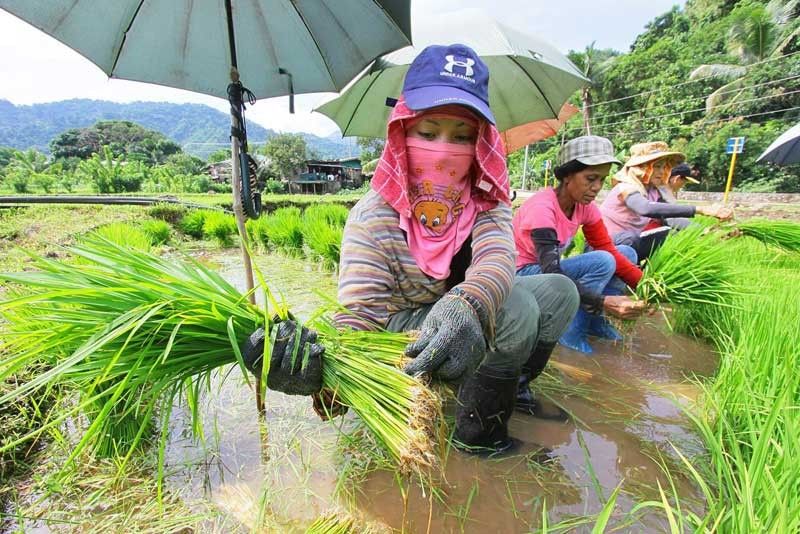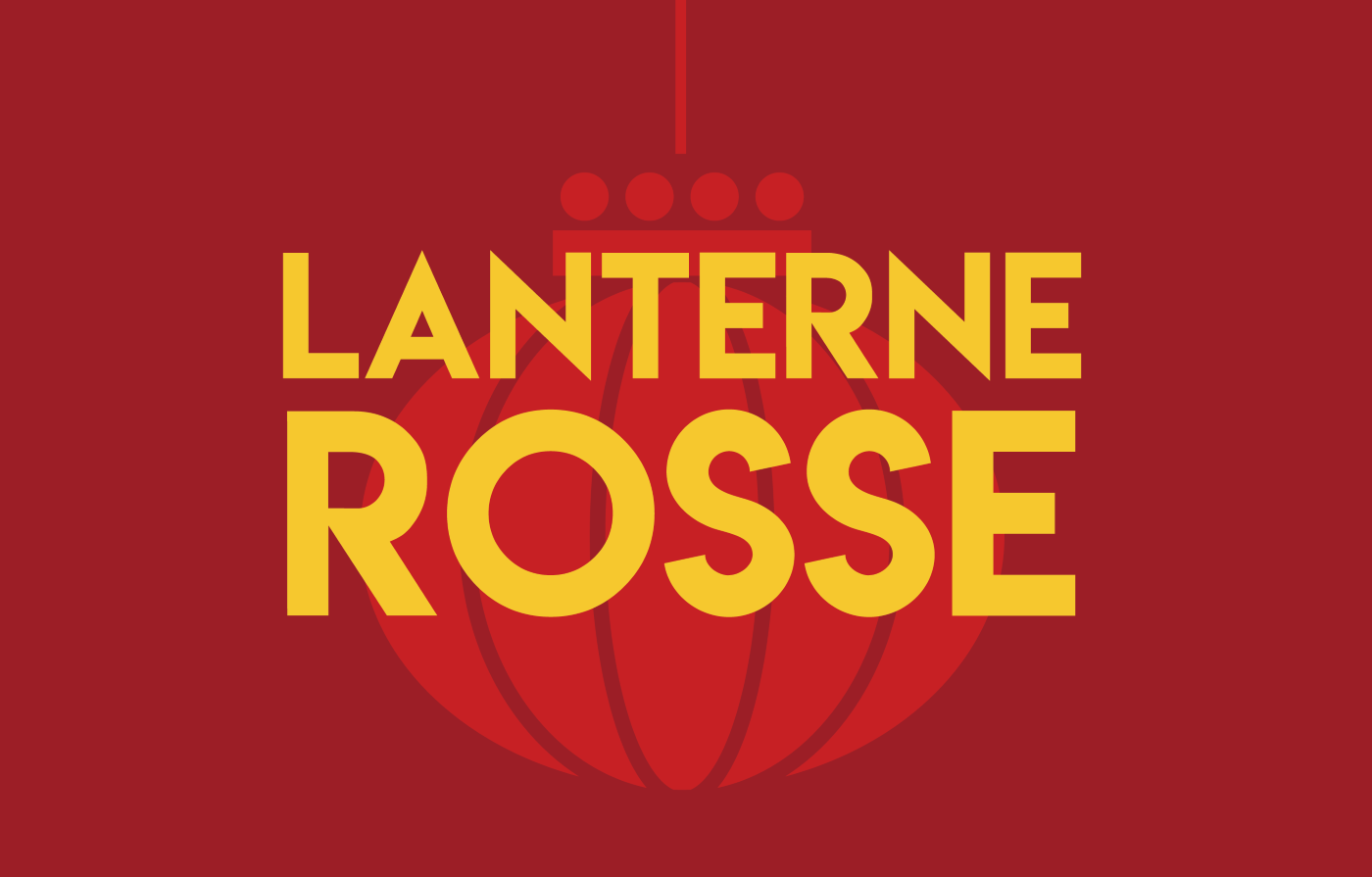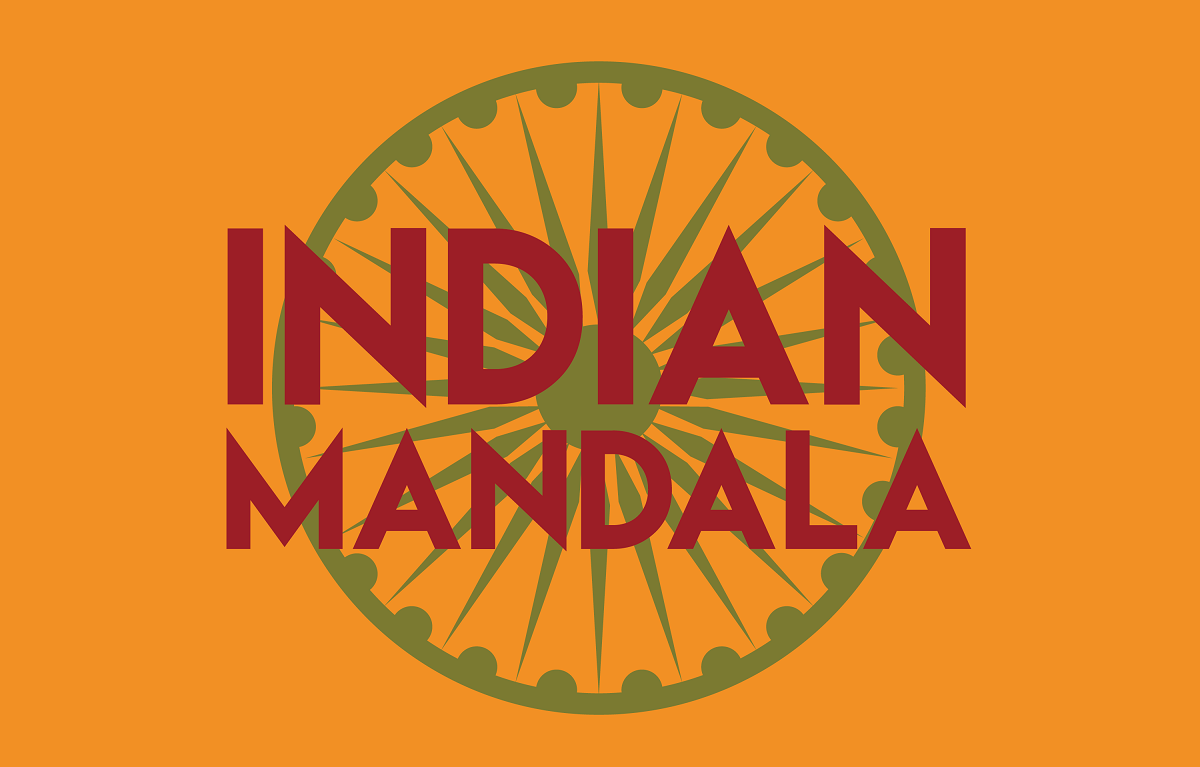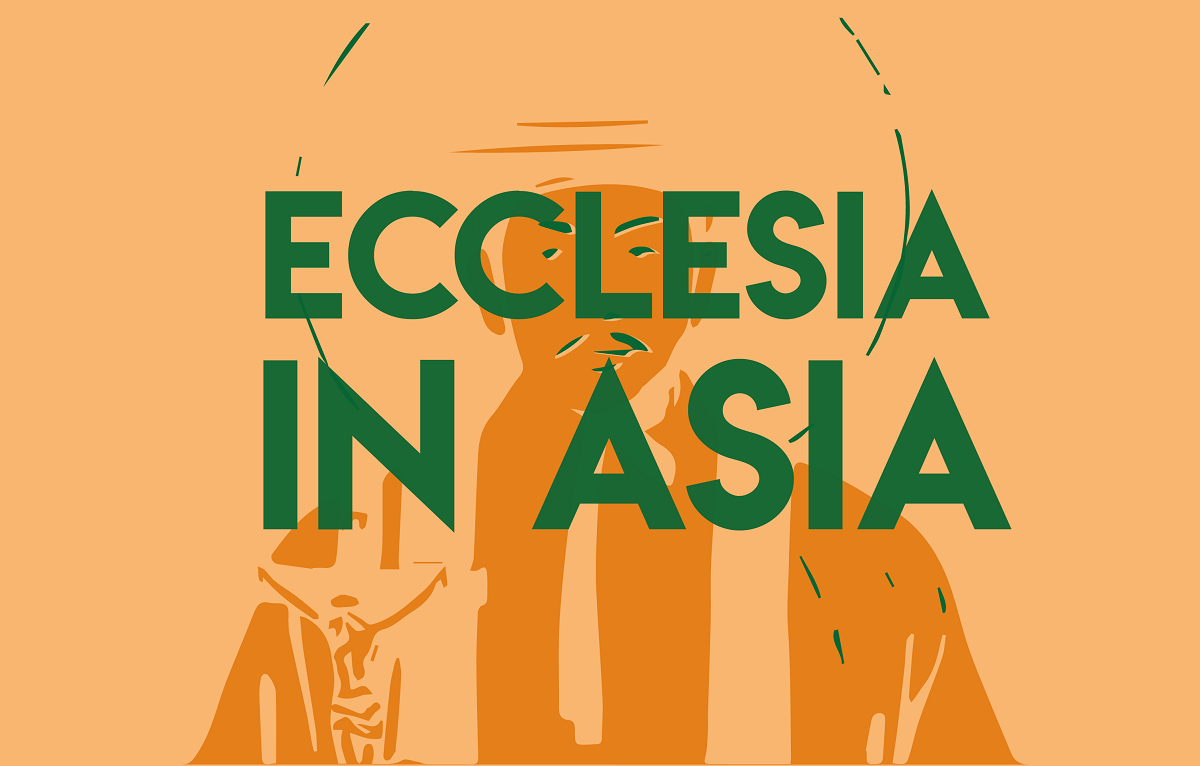Govt considering price cap on rice to deal with food crisis
The government imposed a P58-a-kilo maximum suggested retail price for higher quality outsourced rice, but for some stakeholders this is insufficient. In the fourth quarter of 2024, hunger reached levels not seen since 2020, involving about Philippine household one in four.
Manila (AsiaNews) – To deal with growing economic woe, the Philippine government is considering a price cap on rice, a staple food for most Filipinos, at a time of significantly higher imports.
As prices remain at “excessive" and "unreasonable” levels, the Department of Agriculture (DA) decided to intervene since cuts of up to eight pesos per kilo on duties for imported rice did not translate into lower retail prices.
The DA set a maximum 58-peso SRP[i] per kilo for higher quality rice, starting 20 January, a measure opposed by several political and community groups, who consider this price still too high.
Others argue that government action might nevertheless be beneficial by keeping prices in check for lower quality rice, already set below 45 pesos per kilo in some regions.
Growing food insecurity, which affects about one household in four in the country, is the main driver behind calls for action.
The issue is a already a major debating point ahead of May’s midterm congressional and local elections, pitting President Ferdinand Marcos Jr. against Vice President Sara Duterte.
In a recent survey, Social Weather Stations (SWS), a Philippine social research institution, found that hunger reached levels close to those of 2020 in the fourth quarter of 2024, up over the previous quarter.
Among the main causes are poor agricultural planning, extreme weather events, speculation and a growing dependence on imports, influenced in turn by the decline in global production and rising prices.
The survey found that 25.9 per cent of Philippine households experienced absolute hunger at least once in the quarter, up from 22.9 per cent in the previous period, close to the peak of 30.7 per cent recorded in September 2020, during the COVID-19 lockdown.
in 2024, hunger affected an average of 20.2 per cent of households, almost twice as many as in 2023, and only slightly (0.9 per cent) below the 2020 average.
Mindanao reported the most disturbing data with 30.3 per cent of households affected by hunger, but slightly down over the previous period, while Metro Manila had a lower rate, 22.2 per cent, but slightly rising.
[i] Suggested Retail Price.
24/06/2017 09:59







.png)










